Could neutron stars hold the key to observing dark matter? Researchers believe studying them might one day reveal this elusive substance.
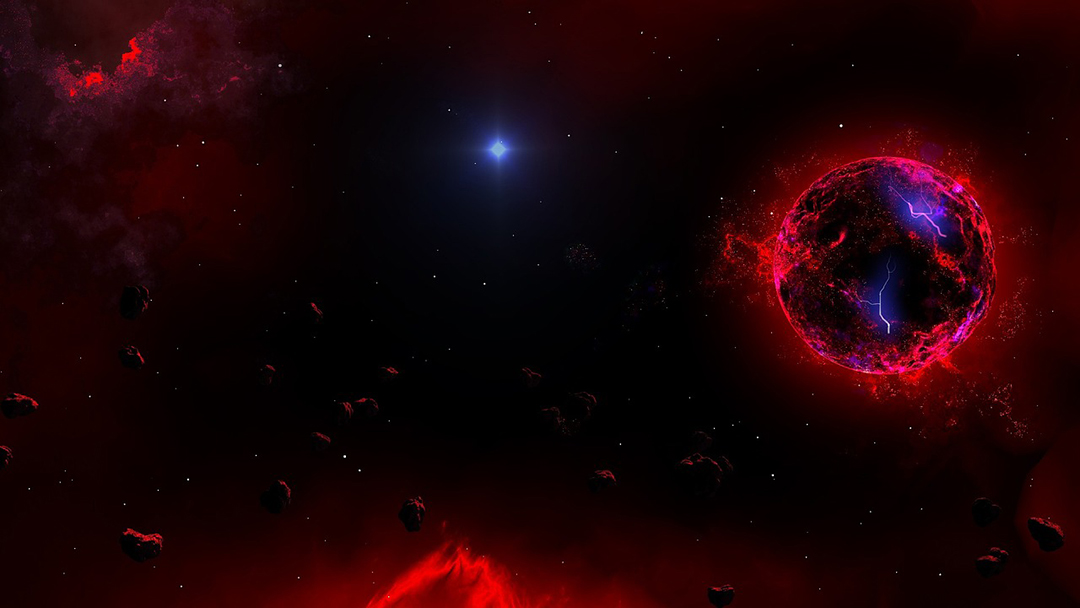

Could neutron stars hold the key to observing dark matter? Researchers believe studying them might one day reveal this elusive substance.
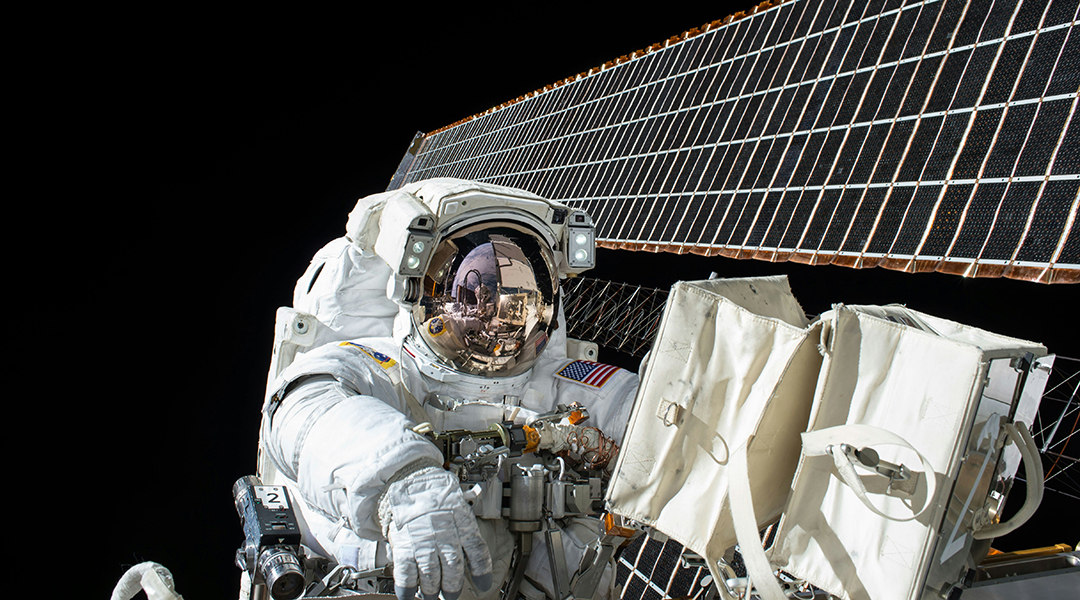
Future astronauts may be protected from galactic cosmic rays thanks to a novel organ-on-chip system containing interconnected human tissue.
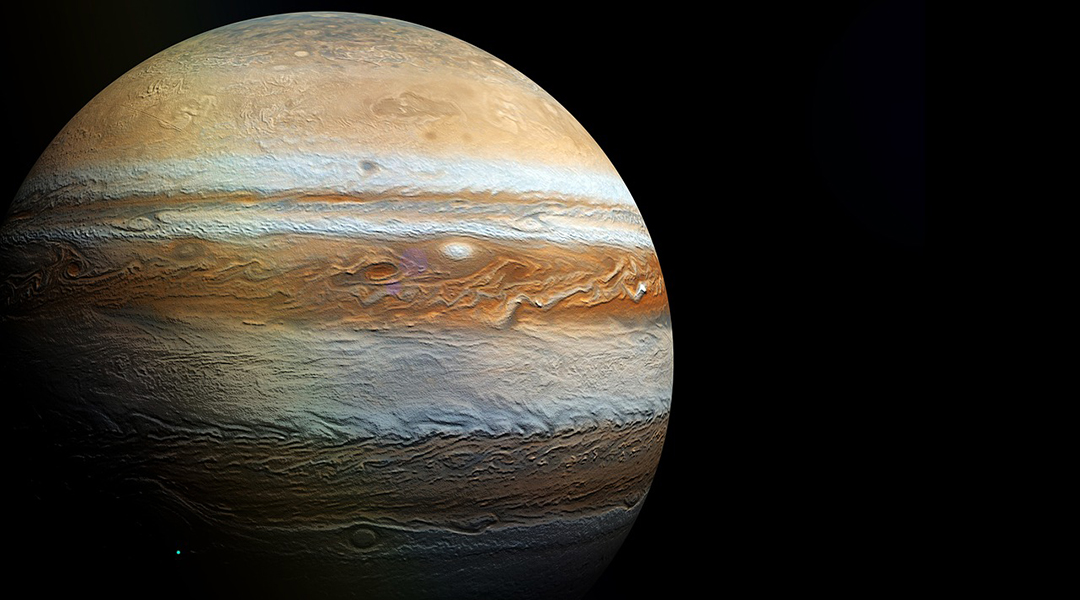
Astronomers propose that an infrared glow observed in Jupiter’s atmosphere may be dark matter particles colliding.

Astronomers have discovered that black holes trigger the formation of galactic winds that greatly influence star formation.
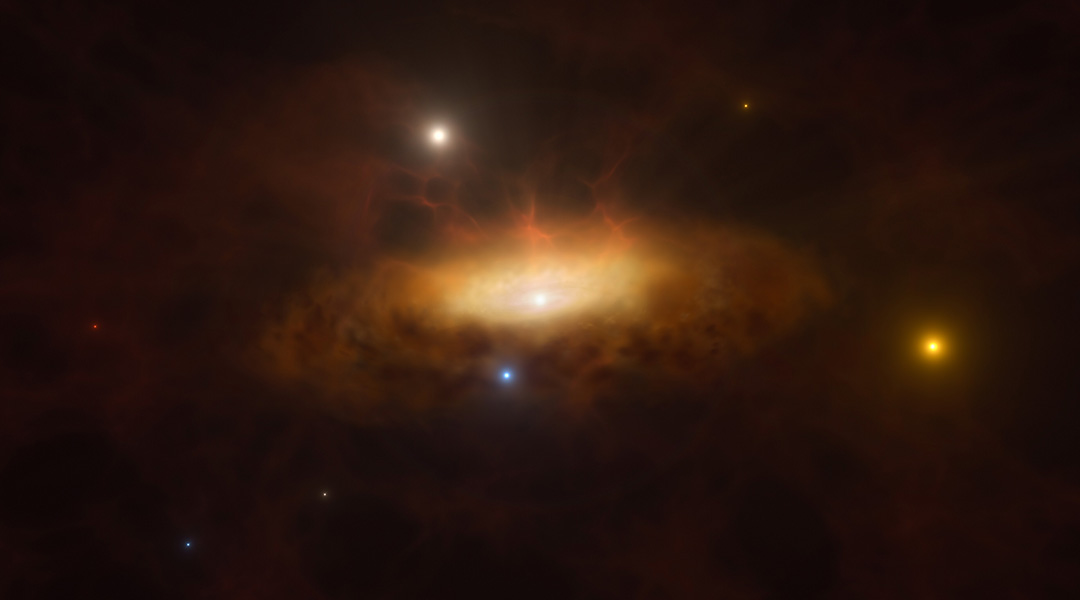
Imagine observing a distant galaxy for years when suddenly its core begins exhibiting unprecedented changes.
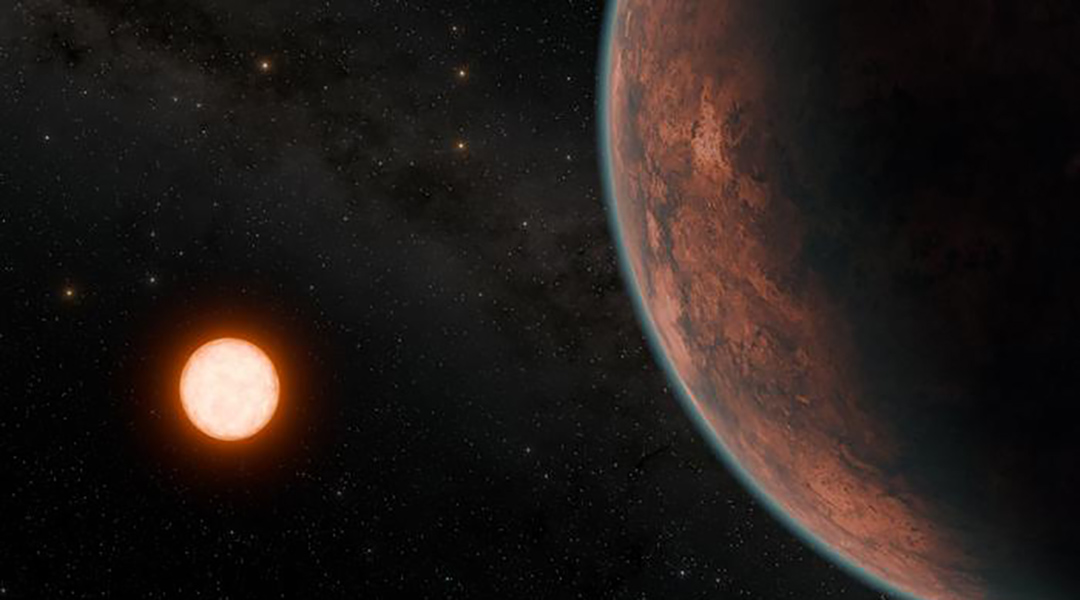
Orbiting a cool, red dwarf star, Gliese 12 b offers insight into atmosphere retention near stars, sparking new questions about habitability.
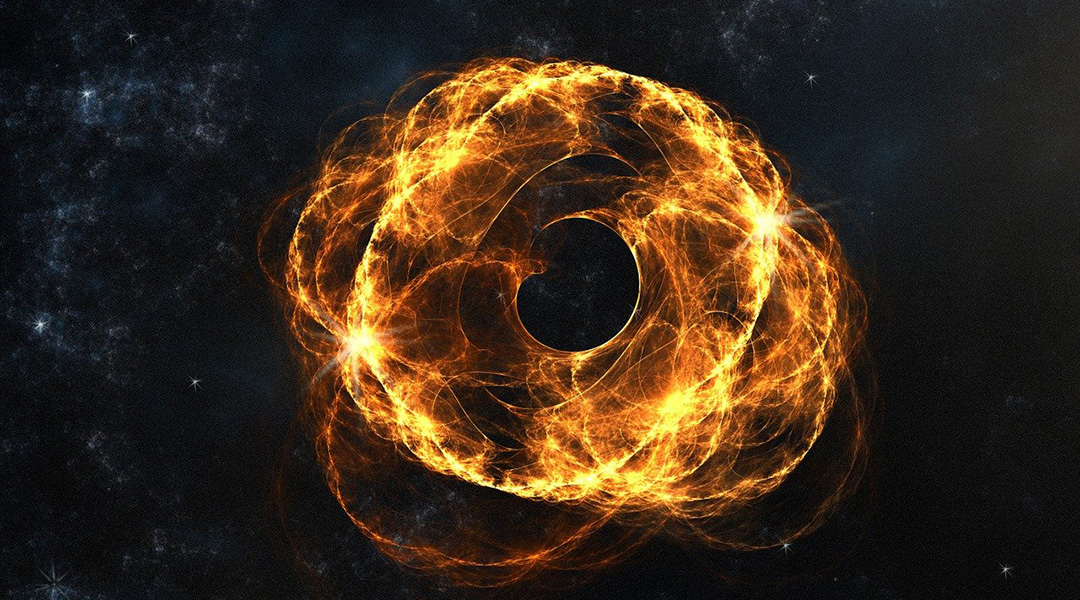
During the tumultuous mergers of black holes, smaller black holes called morsels could produce detectable Hawking radiation.
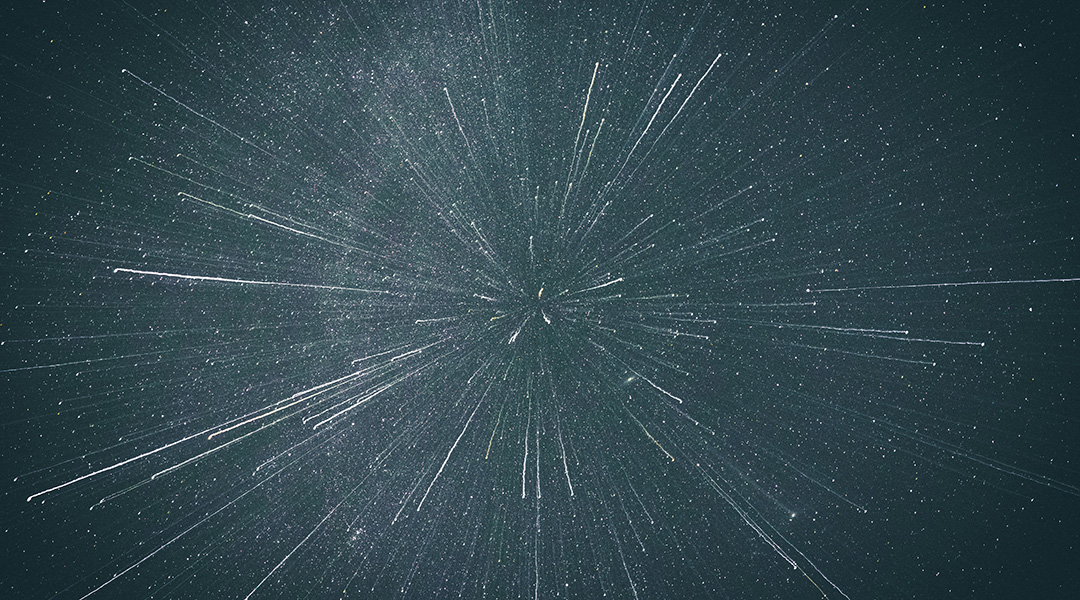
By adding primordial magnetic fields to the Standard Model, researchers may solve the mystery of the Universe’s expansion.
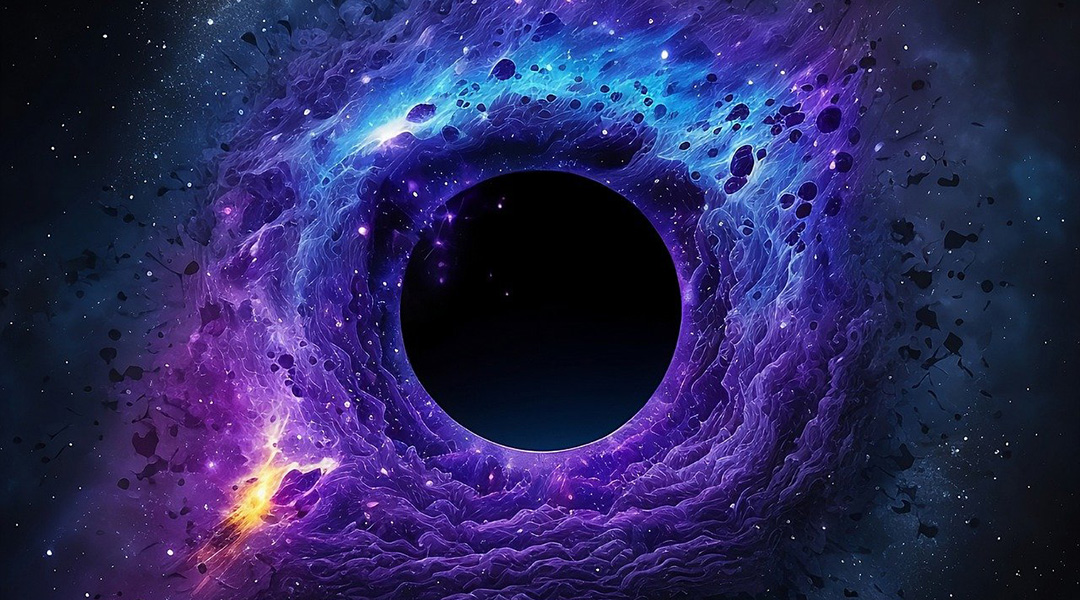
Tiny interactions between dark matter particles may resolve discrepancies between theory and astronomical observations caused by quantum tunneling.
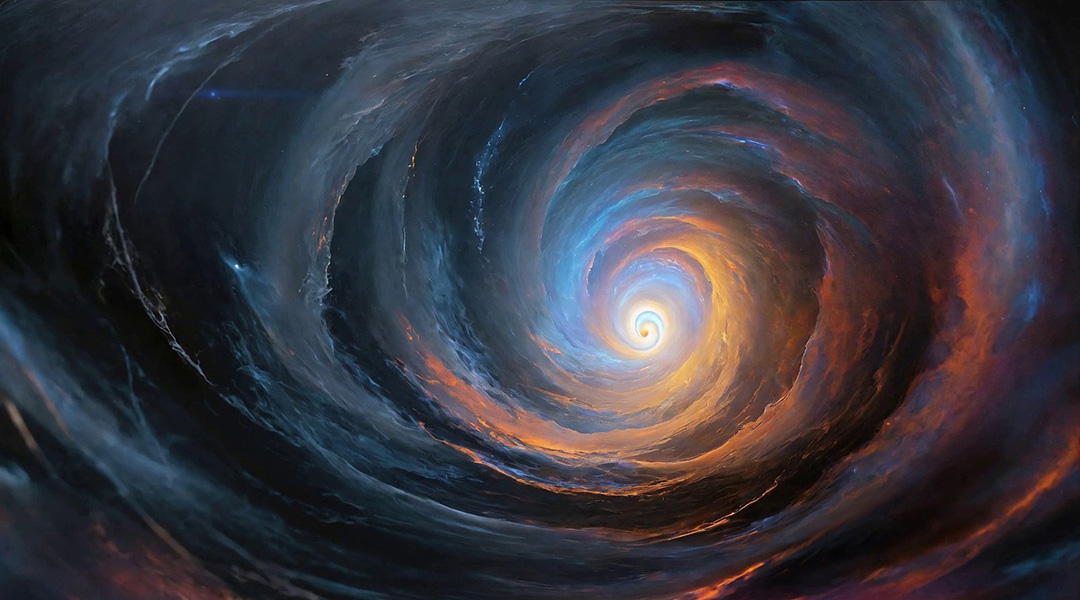
Even tiny deviations in pendulum behavior caused by quantum gravity could be clearly noticeable, say researchers.